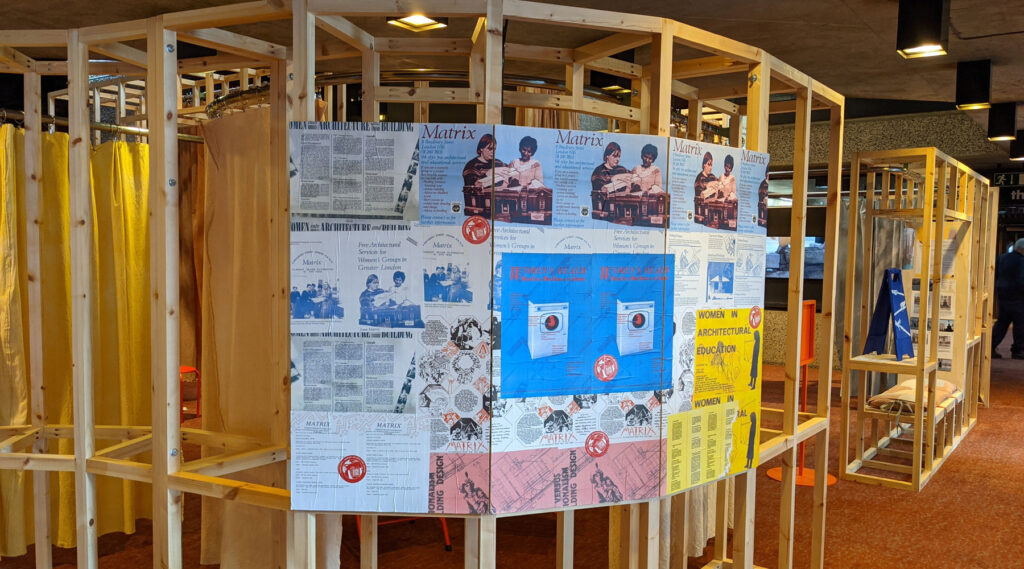In 1980 an architectural design practice was set up that was to challenge how buildings and urban landscapes are built, and its effects are still around us today.
Until then, urban design and architecture was predominantly a male dominated field, and it showed in urban design which was often shockingly unthinking when it came to how people who weren’t fit 40s man of an average height would use them. Lots of staircases for mums with prams to navigate, kitchens that were poorly designed, communal spaces that caused more problems than they solved.
All based on a man knows best attitude and very limited listening to the end-users. A lot of designers worked with pre-existing templates, more often than not based on a generic male model — and very few people are generic men.
In came Matrix, a very different architectural practice that aimed to put people at the heart of design, but doing so by listening to the people so often overlooked by architects, women. It seems crazy these days to build a community centre without consulting the users to make sure the rooms are sensibly laid out, but that used to happen. A lot.
It’s not that they found willful discrimination going on, just a huge blind spot in planning around what women needed.
One nice news cutting from 1988 is the Telegraph TV reviewer going to see a documentary about the group, and admitting that he approached it with all the male prejudices he could muster, only to come away deeply impressed with what the group was achieving in improving people’s lives.
It’s possible, candidly, that the group’s own structure, as a collective as opposed to a classic architectural practice may have engendered some prejudices as well, but the group had notable successes in winning government contracts to work with community groups and help improve those spaces. Today it would be obvious that the play area for children needs to be observable to the staff working in the kitchen, but at the time, this needed Matrix to come in and fix poor design.
Even issues around urban design that might seem simple, such as walkways and passages in council estates that were OK, but just felt unsafe for women to use, which enhanced a sense of isolation at home. There’s always a bit of a tension between idealised design and the cost of delivering it, but over time, experience at least lets designers know what to avoid.
Matrix eventually closed in 1994, a drying up of the government money that had long underpinned their work, but their legacy survives. Try building a community centre today without consulting the users, and you’ll not get very far in the planning process. Build a home without checking if wheelchairs can get around corners, and you’ll be sent off to redesign it.
There’s still a lot more to be done though, but we may be on the cusp of a new revolution. Although working from home has been growing, the lockdown not only brought forward the trend by a decade from what was expected, it uncovered many problems that may have lingered longer if so many people hadn’t been thrown into the situation at once. Hopefully, architects and urban planners are already looking at the home of the future, with more awareness of the downsides of working from home in large open-plan spaces.
The legacy of Matrix lives on.
The exhibition is mainly a collection of old cuttings and documents, and yet gives a vivid insight into the way architects thought just 40 years ago about how people should live their lives.
Now if someone can do the same for ceiling light and plug socket placements in modern flats, which seem to my mind to be often randomly scattered in the daftest of locations, then I will be a much happier person.
The exhibition, How We Live Now: Reimagining Spaces with Matrix Feminist Design Co-operative is at The Barbican until 23rd December, and entry is free.










Thanks for the reminder. This is on my ‘to see list’ and I’ve got just over 2 months to do so.